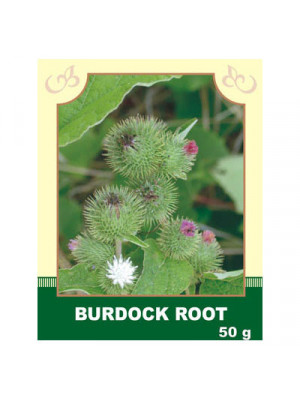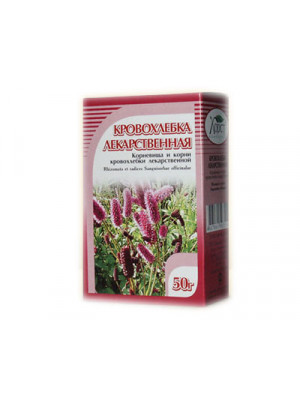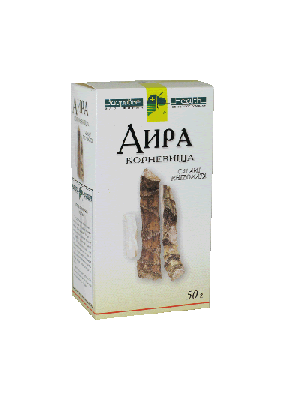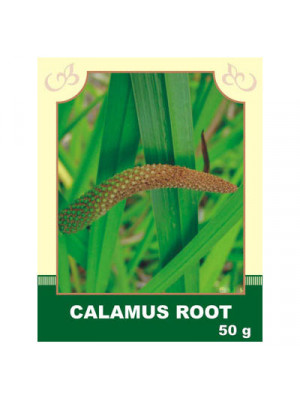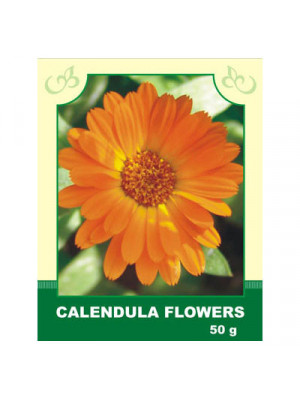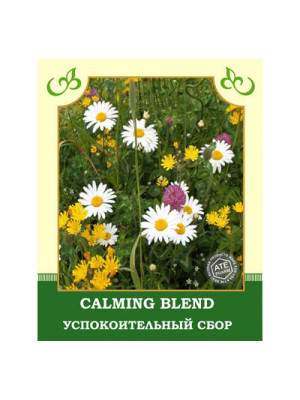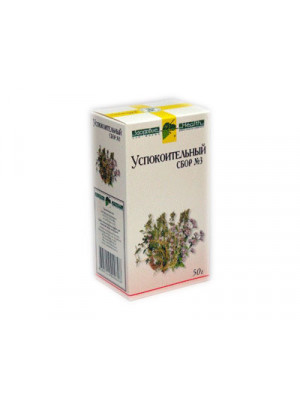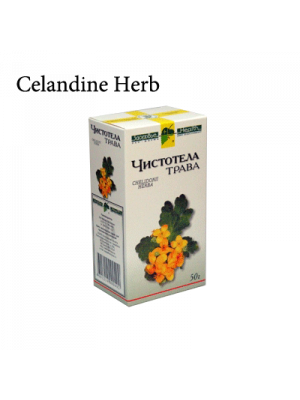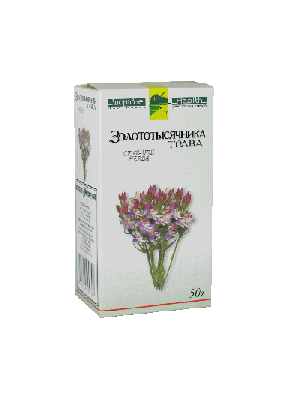Dry Herbs & Berries
If you like to use a lot of dry herbs and berries to create teas, wellness pads and an assortment of other items for well-being, our dry herbs and berries can provide you with a quick way to do it on your own. Each packet contains the herbs or berries of your choice that were freshly grown, chopped up and dried to perfection. Every herb and berries packet is 100% natural, with no artificial preservatives or added fillers. You're able to create a tasty blend with all that is provided from our large selection.
Description. Burdock Root is one of the foremost cleansing herbs, providing nourishing support for the blood, the liver, and the natural defense system. It's rich in Vitamins B1, B6, B12, and E, plus manganese, copper, iron, zinc, sulfur, and more. You'll find Burdock Root in many tonic formulas and special blends designed for internal cleansing. In traditional herbal texts, Burdock Root is described as a blood purifier or alterative, and was believed to clear the bloodstream of toxins. The herb contains polyacetylenes that have both anti-bacterial & anti-fungal properties. Burdock Root contains high amounts of inulin and mucilage. This may explain its soothing effects on the gastrointestinal tract. Bitter constituents in the root may also explain the traditional use of Burdock to improve digestion. Use. Medicinally, Burdock Root has been used both internally and externally for eczema and psoriasis, as well as to treat painful joints and as a diuretic. In traditional Chinese medicine, Burdock Root, in combination with other herbs, is used to treat sore throats, tonsillitis, colds, and even measles. It is eaten as a vegetable in Japan and elsewhere. Burdock is a mild laxative. It also aids in the elimination of uric acid. By improving the function of many organs of elimination (liver, kidneys, bowels), many health conditions are improved. Burdock Root also has the ability to mildly lower blood sugar.
Attention! Before using any herbal products, make sure that you have full knowledge of how the herb works and any adverse reaction it may cause.$6.99- Calamus comes from China and India. In his books Hippocrates wrote about extraordinary properties of this plant. Nowadays Calamus root is widely used throughout the world. The plant consists of ascorbic acid, starch, gum, volatile oil, tannins etc. Calamus Root is an aromatic stimulant that has been used for centuries in many cultures mainly for digestive complaints. It is considered to benefit digestion, increase the appetite and ease dyspepsia and stomach cramps. The herb is thought to relieve the discomfort of flatulence, as well as check the growth of the bacteria which gives rise to it. The root is considered a stimulant, carminative, hypotensive, tonic, bitter, and aromatic.$7.99
Internally, it is taken as a binding agent for stomach disorders, inflammation of the intestines, heartburn, and lack of appetite; for neurasthenia, convulsions, osteitis, bronchitis, pleurisy, diseases of the biliary tract, and in gynecology - for libido weakness, regulating the menstrual cycle, and enhancing sexual activity.
Method of application and dosage: 1 tablespoon is poured with 200 ml of boiling water, covered with a lid, and heated in a water bath for 15 minutes. Cooled for 45 minutes at room temperature, strained. The volume of the resulting infusion is brought to the original volume with boiled water. Take 1/4 cup 3-4 times a day 30 minutes before meals.
External use: applied for baldness and hair loss; for rinsing the oral cavity with stomatitis.
Contraindications: individual intolerance, during pregnancy, and with increased secretion (acidity) of the stomach.
$6.99Internally, it is taken for gastritis, enterocolitis, stomach and duodenal ulcers; for inflammatory diseases of the liver and kidneys; in the treatment of heart diseases accompanied by palpitations, edema, and shortness of breath.
Method of application and dosage: 2 tablespoons of raw material are poured with 400 ml of boiling water, infused for 2 hours, strained, squeezing the plant material. The resulting infusion is brought to the original volume with boiled water. Take 1/2 cup 3 times a day.
Externally, in the form of rinses, douching, enemas, and compresses, it is used for diseases of the mucous membrane of the mouth and throat, gingivitis, thrush in children; for conjunctivitis; for abundant whites in women; for the treatment of wounds, burns, and ulcers on the body, in oncology. 20-40 g of raw material is poured with 200 ml of boiling water, heated in a boiling water bath for 15 minutes, infused at room temperature for 45 minutes.
Contraindications: individual intolerance, with low blood pressure.
$5.20Composition:: motherwort, hops, valerian, peppermint, licorice.
Recommended for increased psychological stress, depressive and anxious states of the body, neuroses, neurasthenia.
You must be careful when driving.
$6.99- Applied as a sedative with increased excitability, irritability, and for the treatment of neurotic disorders$7.99
- Applied as a consoling her, antispasmodic, antihypertensive drugs for sleep disorders, nervous excitement and hypertension.$7.99
Internal use: Tansy treats hypertension, asthma, anemia, atherosclerosis, food poisoning, flu, soft tumors (fibroids), polyps in the colon, hemorrhoids, gastritis, goiter, gout, rheumatism, ulcers of the gastrointestinal tract, liver, gall bladder, kidneys, and heart muscle.
Application and dosage: Place fresh herb in a 500 g jar, filling half of the volume. Pour boiling water, cover with a lid. (For an infusion of dry herb, fill 1/4 of the jar). After cooling, drink twice a day, 100 ml each time, 10-15 minutes before meals. The infusion color is dark, and the taste is bitter.
External use: Infusions of the herb and root are used for baths, washes, and compresses for various skin conditions (rashes, lichen, boils), jaundice, purulent wounds, and ulcers. Infected, slow-healing ulcers and wounds are treated with a powder made from the leaves. Pour 30 g of raw material with 1 liter of boiling water, infuse for 3-4 hours, strain, and apply as directed.
Contraindications: Individual intolerance, epilepsy, angina pectoris, bronchial asthma, neurological diseases. A poisonous plant that requires caution in use.
$6.99Internally, it is used as an infusion for gastric catarrh, heartburn, constipation, flatulence, to stimulate appetite, and improve peristalsis of the digestive organs. It is also used for liver diseases, insufficient bile secretion, and diabetes.
Method of application and dosage: Steep 1-2 teaspoons of dry, crushed herb in 2 cups of boiling water, let it infuse for 10 minutes; take three times a day, half an hour before meals, 1 tablespoon each time.
Externally, the infusion can be used for skin rashes and slow-healing wounds.
Contraindications: Individual intolerance. Overdose may lead to gastrointestinal upset.
$7.99


